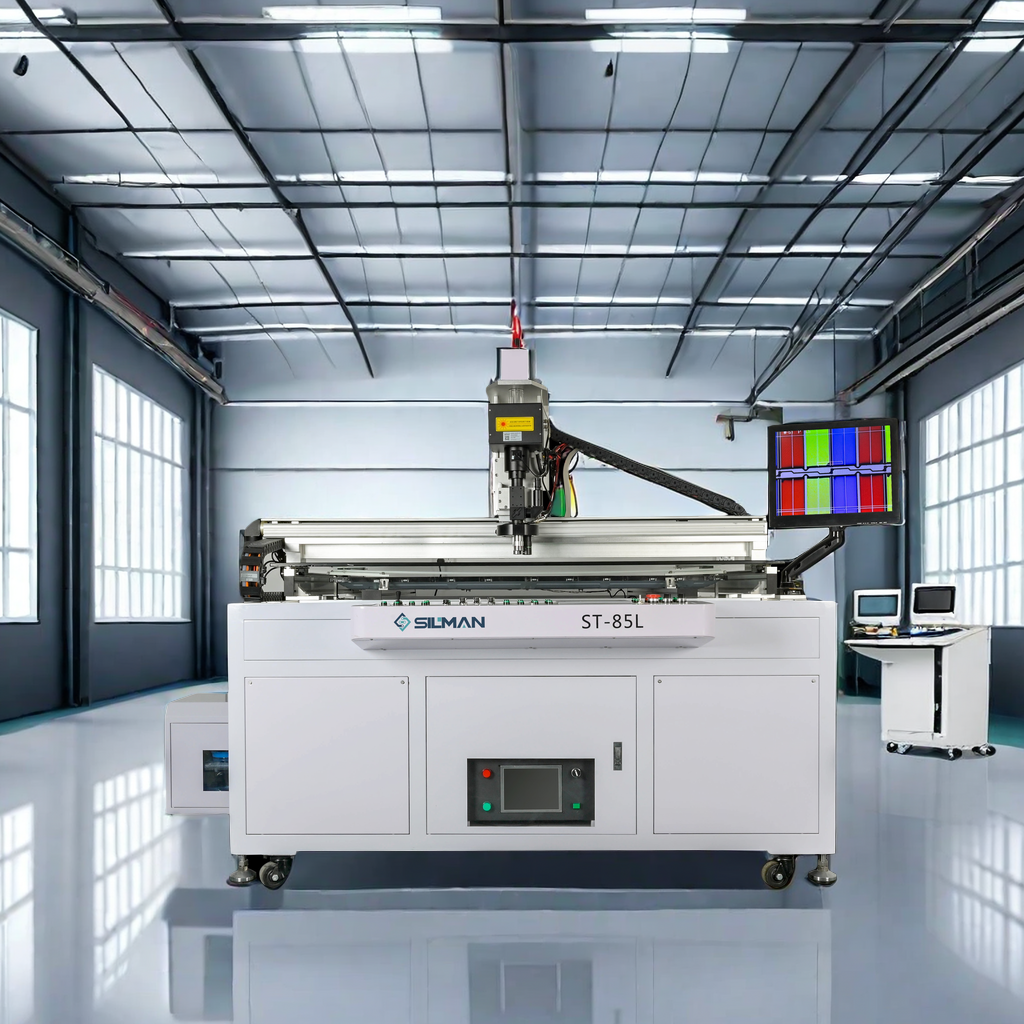As TV display technologies advance from 4K to 8K and OLED to Mini LED, the challenges of screen repairs grow more complex—yet TV laser repair machines have emerged as the ultimate solution for technicians worldwide. Whether you’re a repair shop in Tokyo dealing with Sony OLED burn-in or a service center in Mexico fixing TCL LCD dead pixels, these machines combine precision engineering with versatile functions to resolve even the trickiest display issues. This article dives into the key capabilities of modern TV laser repair systems and how they address region-specific customer pain points across Asia, Europe, the Americas, and the Middle East.
1. Precision Laser Scanning: Detect Defects Invisible to the Naked Eye
The foundation of any top-tier LCD laser repair machine is its advanced scanning technology. High-resolution laser scanners (up to 10μm precision) map screen panels to identify micro-defects—such as shorted circuits in TFT-LCD cells or pixel driver malfunctions in OLED screens—that traditional tools miss. For South Korean TV repair technicians servicing Samsung QLED TVs, this function is a game-changer: it pinpoints the exact location of “color bleeding” issues, allowing targeted repairs instead of costly panel replacements. In Germany, where 4K laser repair demand is sky-high, repair centers use this scanning feature to diagnose LG NanoCell screens with “backlight bleeding,” cutting diagnostic time by 70% compared to manual inspections.
2. Targeted Laser Welding: Fix Common Defects Without Damaging Panels
One of the most sought-after functions is laser welding for TV panels, which repairs broken circuits or loose connections with minimal heat impact. For example, the ST-80Pro model from SilmanTech—popular among UAE TV repair centers—uses a 532nm green laser to reattach detached flex cables on 65-85 inch OLED screens, a common issue in high-temperature regions where heat weakens adhesives. In Brazil, where budget-friendly LED TVs dominate the market, technicians rely on this function to fix “horizontal line defects” on Hisense LED panels, reducing repair costs by up to 60% versus replacing the entire screen. Japanese suppliers like HTL Co., Ltd. take it further with ultra-fine laser welding for micro-semiconductor components in Sony Bravia TVs, a critical need for Japanese electronics repair shops focused on premium devices.
3. Multi-Technology Compatibility: Service All Major Display Types
Modern TV laser repair machines are designed to handle diverse display technologies, a must for global service providers. Look for systems that support TFT-LCD, IPS, LTPS, OLED, and Mini LED panels—covering brands from TCL (China) to Toshiba (Japan) and Philips (Netherlands). For Indian manufacturing plants that repair a mix of budget and high-end TVs, this versatility means one machine can fix dead pixels on Xiaomi LED TVs and burn-in on LG OLED models. In France, where eco-conscious repair is a priority, this function reduces electronic waste by extending the lifespan of various TV types, aligning with French sustainability regulations. Even in remote areas of Southeast Asia, such as Indonesia, multi-compatible machines let technicians service both local brands (Polytron) and imported ones (Samsung), maximizing their service range.
4. Automated Repair Modes: Boost Efficiency for High-Volume Shops
For busy repair facilities in China or the US, automated laser repair modes are a lifesaver. These modes pre-program common repairs—like “white spot removal” on LCD screens or “pixel refresh” on OLED panels—allowing technicians to complete jobs in minutes. American TV repair chains servicing Walmart’s budget TV lineup use this feature to handle 20+ units daily, a 50% increase in throughput compared to manual methods. In Saudi Arabia, where hospitality sectors (hotels, malls) have large fleets of TVs, Saudi Arabian repair teams rely on automated calibration to fix “color distortion” on Samsung commercial displays, ensuring consistent quality across multiple units. Russian technicians, too, benefit from user-friendly touchscreen interfaces with Russian language support, making automated functions accessible even with language barriers.
5. Real-Time Monitoring: Ensure Quality and Reduce Errors
Advanced machines come with real-time monitoring systems that track laser power, temperature, and repair progress—critical for avoiding panel damage. For Australian TV repair shops servicing high-value 8K TVs, this feature alerts technicians if laser intensity is too high, preventing permanent screen burns. In Turkey, where macchina di riparazione laser safety is a top concern, monitoring tools ensure compliance with EU CE standards, giving customers peace of mind. Even in Egypt, where power fluctuations are common, machines with voltage monitoring protect against electrical surges during repairs, a key requirement for Egyptian electronics service centers operating in unstable grid areas.
| Customer Success Story: A repair shop in Dubai used the SilmanTech ST-85L to fix 50+ LG OLED TVs with flex cable issues during the 2024 Ramadan season—reducing downtime for hotels and earning a 20% increase in repeat business. Meanwhile, a Brazilian technician cut repair costs by 45% after switching to a multi-compatible laser machine, allowing them to offer lower prices to local customers. |

Conclusion: Invest in a Machine That Solves Your Unique Challenges
A Macchina per la riparazione del laser TV isn’t just a tool—it’s a solution to the region-specific problems your business faces. Whether you need to fix heat-related defects in the Middle East, service premium OLEDs in Japan, or handle high-volume repairs in the US, the right machine’s functions will align with your goals. By prioritizing precision scanning, targeted welding, multi-compatibility, automation, and monitoring, you’ll not only resolve customer issues faster but also build a reputation as a reliable, tech-savvy service provider in your market.














